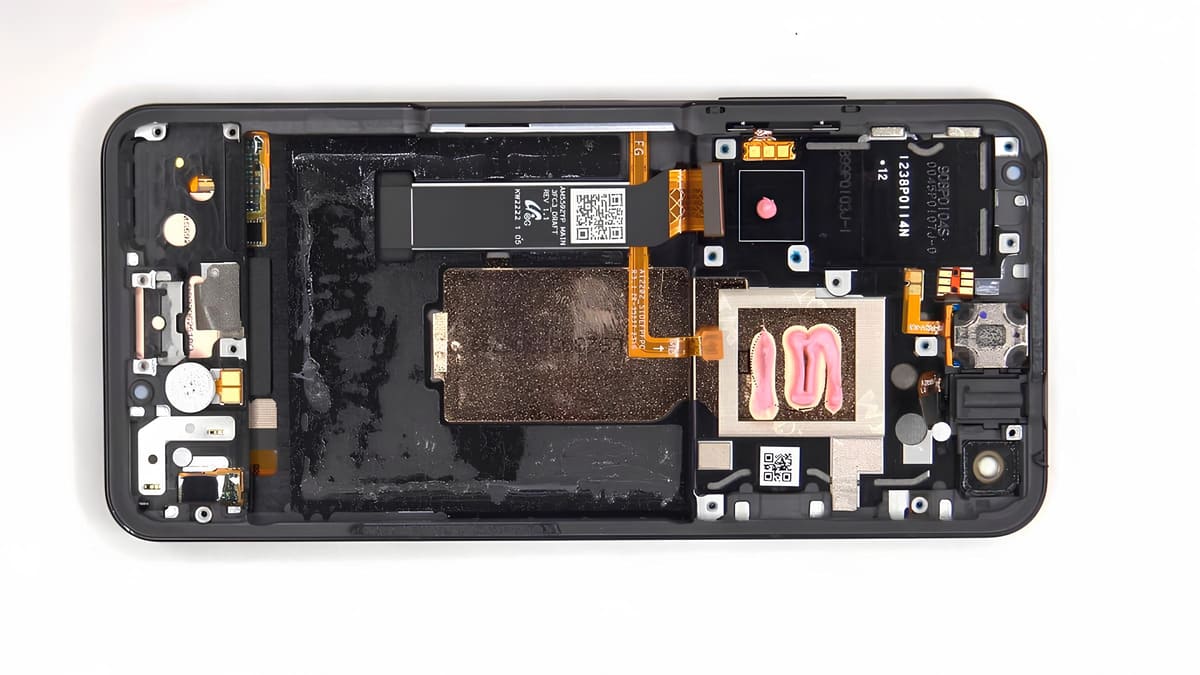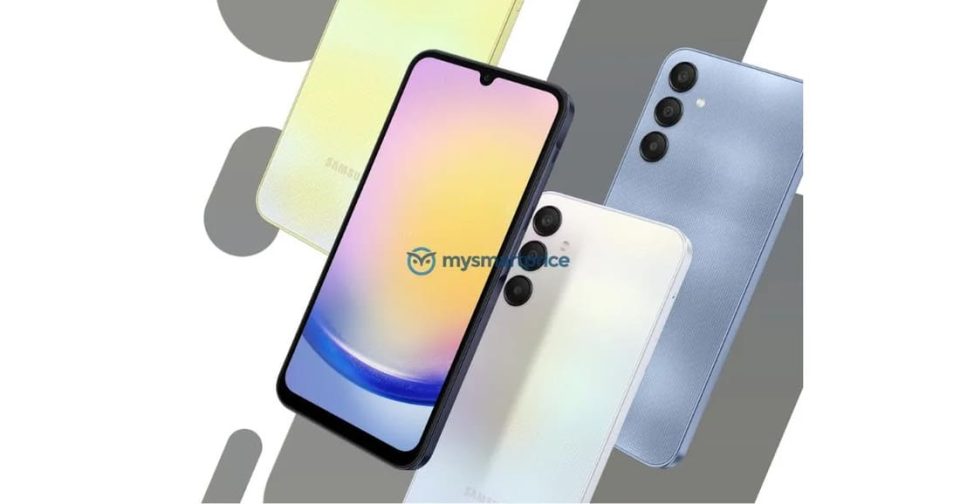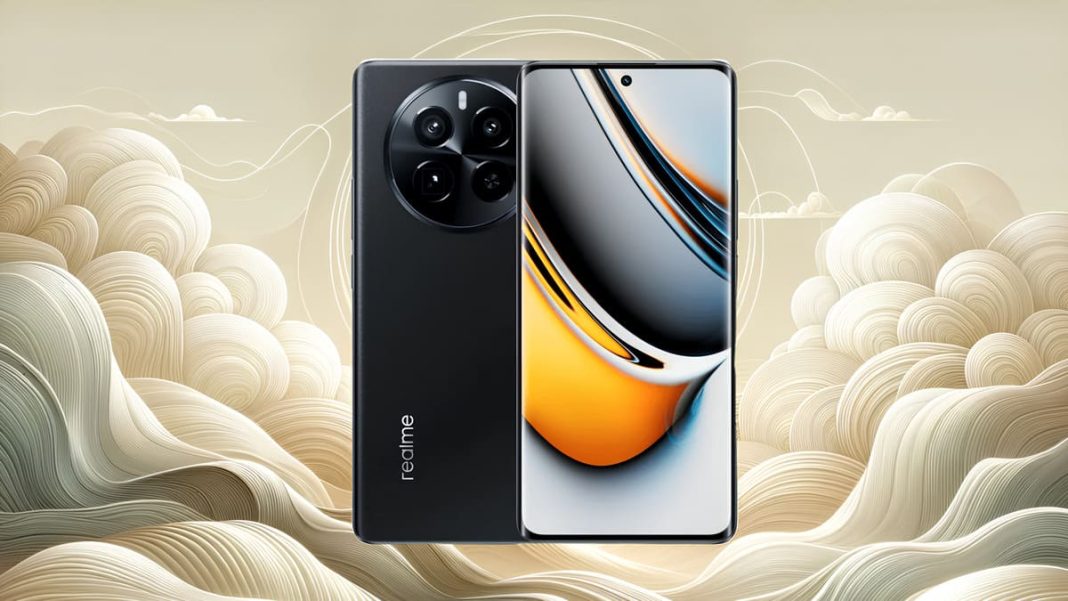According to PBKreviews tests, the innovative ASUS Zenfone 10, despite top-notch performance and attractive design, “inherits” significant repair difficulties from its predecessor.
In the crowded smartphone market, ASUS wanted to take a step forward by unveiling the Zenfone 10 in June, a new high-end compact phone that improves performance while maintaining a design users are already familiar with from the Zenfone 9. However, the similarities with the predecessor don’t stop at the aesthetics: the new model seems to have done it “inherited” also the repairability problems of the Zenfone 9, according to a recent test published by the YouTube channel PB reviews.
On Sunday, July 9th, PBKreviews published a video analyzing the internal design of the new ASUS device. In addition to the polycarbonate cover, one of the main innovations of the Zenfone 10 is the coil, which supports Qi wireless charging with a power of up to 15W, accompanied by antennas for NFC communication.
Unfortunately, this seems to be the only major design change in the Zenfone 10 compared to the 9. The motherboard, for example, has retained the same shape with the image sensors soldered, making these components more complex to repair. The video highlights the main sensor’s stabilization technology, capable of correcting residual motion in six axes during video recording.
Repeating the approach of its predecessor, the Zenfone 10 features a battery with no release tabs, making the maintenance process more difficult. Additionally, ASUS has decided to use thermal paste on Qualcomm’s Snapdragon 8 Gen 2 processor to help transfer the heat generated by the hardware to the vapor chamber.
Replacing the Zenfone 10’s display is particularly complicated, as several internal components must be disassembled to access the front panel. Replacing the power button with an integrated fingerprint sensor is no different, as this requires removing the flex cable located under the battery.
PBKreviews gave the Zenfone 10 a score of 4.5 out of 10 for repairability. Here is the detailed rating:
- Theme: 1 of 2
- Component availability: 1 of 2
- Screen repairability: 0.5 out of 2
- Easy battery repair: 1 of 2
- Easy repair of other parts: 1 to 2
Despite the challenges related to repairability, the Zenfone 10 has already secured market shares thanks to notable technical specifications such as the 144 Hz AMOLED screen, 50 MP rear cameras and versions with up to 16 GB of RAM. Currently, the device is available on the Italian market at a price of 799 euros.




